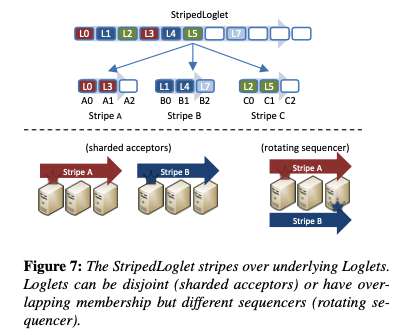Building Netflix’s Distributed Tracing Infrastructure
The Netflix TechBlog
OCTOBER 19, 2020
If we had an ID for each streaming session then distributed tracing could easily reconstruct session failure by providing service topology, retry and error tags, and latency measurements for all service calls. Our distributed tracing infrastructure is grouped into three sections: tracer library instrumentation, stream processing, and storage.













Let's personalize your content